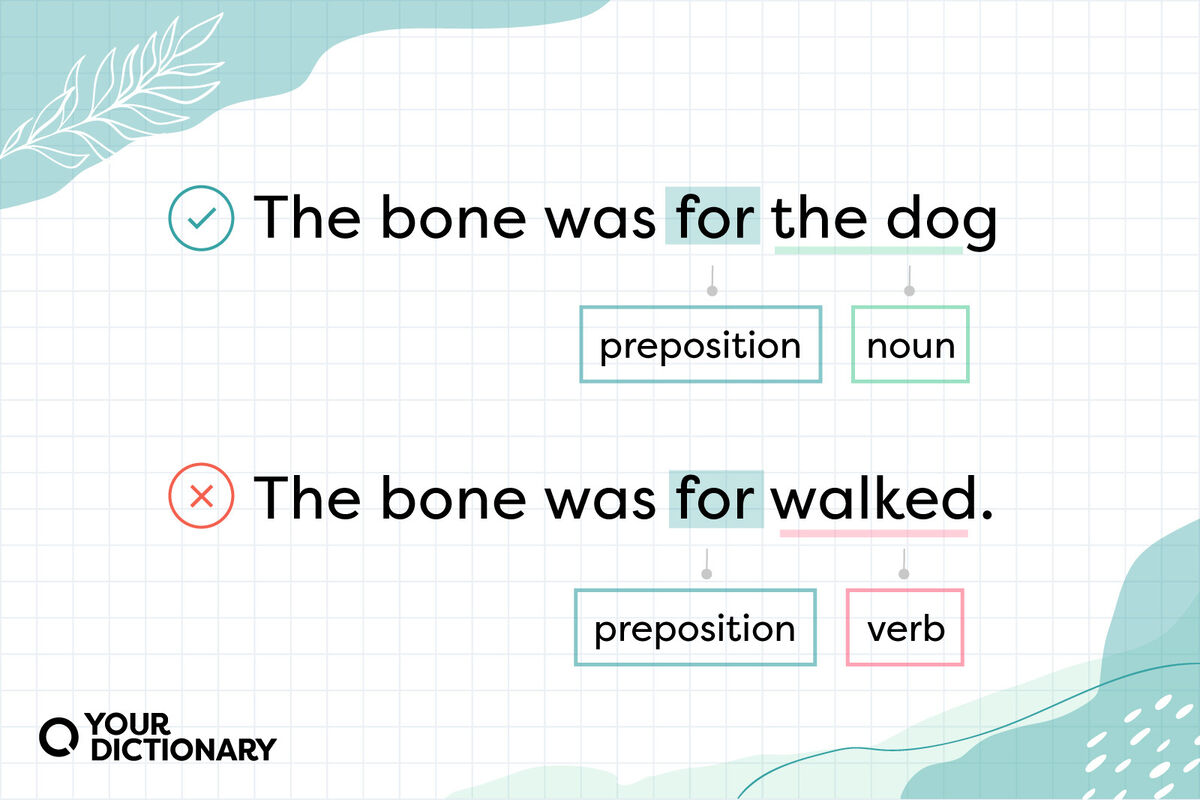
You need a license to drive a car, but for some reason, you don’t need a license to use prepositions. True, small relational words such as with, from, and over aren’t as dangerous as a two-ton vehicle, and using prepositions isn’t as complicated as parallel parking on a busy road. But just like studying a driver’s education manual, learning the rules for prepositions can help you get where you want to go — grammatically speaking.
1. Choose the Right Preposition
We use prepositions (such as in, between, on, through, around, etc.) to show a noun’s location, position, or direction. But different types of prepositions function in different ways, so make sure your preposition is saying what you want it to say.
- They walked in the house. (The preposition in shows location — they walked inside the house.)
- They walked into the house. (The preposition into shows direction — they entered the house.)
- Marcy sat between her friends. (The preposition between shows one friend on either side of Marcy.)
- Marcy sat among her friends. (The preposition among shows friends all around Marcy.)
2. Pair Verbs and Prepositions Correctly
Phrasal verbs (verb + preposition) are common in English writing and conversation. But they only make sense if you use the correct preposition with the initial verb.
- George should listen to our advice.
- Let’s clean up this mess.
- Can you look after my little brother?
- Shelly’s always showing off her new car.
3. Use an Object After a Preposition
A noun or pronoun (known as the object of the preposition) should always follow a preposition. Gerunds, which look like verbs but function as nouns, can also be objects of a preposition.
- The bone was next to the dog. (The noun the dog is the object of the preposition next to.)
- Place the spoon by the knife. (The noun the knife is the object of the preposition by.)
- These books are for skiing. (The gerund skiing functions as the object of the preposition for.)
4. Avoid Using Prepositions at the End of Sentences
While ending a sentence with a preposition is generally acceptable in casual writing, it’s still frowned upon in formal writing. That’s because of Rule #3 — prepositions should have objects. If the preposition is at the end of a sentence, it won’t have an object.
- The table is where I put my books on.
- Can I turn in my homework after?
- Who does the prize go to?
In most cases, you can easily rewrite the sentence to avoid ending with a preposition or add an object of the preposition to clarify meaning.
- The table is where I put my books. (Removed on)
- Can I turn in my homework after school? (Added school as a preposition)
- Who won the prize? (Rewrote the sentence with the verb won)
5. Never Substitute “Have” for “Of”
A common grammar mistake is to replace have with of in a sentence, especially when using modal verbs such as should, could, and would.
- Incorrect - I should of come over.
- Incorrect - He could of helped if he wanted.
- Incorrect - We would of been late if we’d missed the train.
People say of instead of have in these situations because they’re thinking of the contractions for would have (would’ve) or should have (should’ve) But you don’t need a preposition here because you’re not showing a noun’s position or location.
You need a helping verb (have) in these sentences.
- I should have come over.
- He could have helped if he wanted.
- We would have been late if we’d missed the train.
6. Use Object Pronouns After Prepositions
Pronouns help you avoid repeating a noun in a sentence. However, they’re grammatically incorrect when you use subject pronouns (I, she, he, we, they, who) after a preposition.
- Incorrect - This is between he and I.
- Incorrect - Can Katie go with they?
- Incorrect - You went to the dance with who?
Use object pronouns — me, you, her, him, it, us, them, and whom — when they’re functioning as the object of a preposition. (You and it are the same in their subject and object forms.)
- This is between him and me.
- Can Katie go with them?
- You went to the dance with whom?
When In Doubt, Read It Out
Like driving a car, using prepositions gets easier with practice. If remembering the rules feels too complicated, just read your writing out loud. Chances are, you (or your spellchecker) will notice if you’re using in vs. within incorrectly, or if you really meant different from instead of different than. There’s no harm in checking your grammatical blind spots now and then.